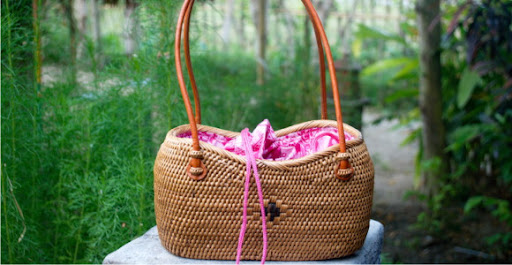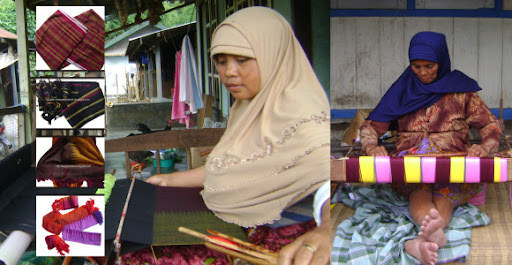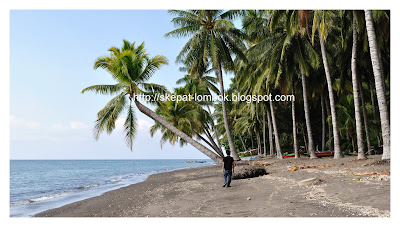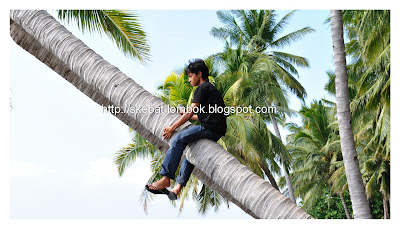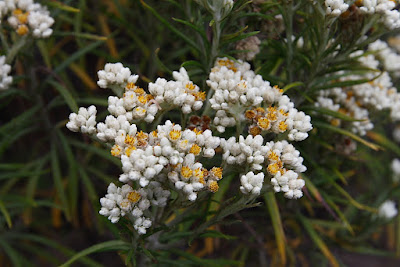
3 Gili
The Gili Islands (Indonesian:Tiga Gili [Three Gilis], Kepulauan Gili [Gili Islands]) are an archipelago of three small islands — Gili Trawangan, Gili Meno and Gili Air — just off the northwest coast of Lombok, Indonesia..
Gili Trawangan is the largest of Lombok’s Gili Islands and is the only one to rise significantly above sea level. It is 3km long and 2km wide with a population of about 1000. Of the Gilis, Trawangan has the most tourist facilities; the pub Tîr na Nôg claims that Trawangan is the smallest island in the world with an Irish pub. The most crowded part of Trawangan lies on the eastern side.
Gili Meno is the middle of Lombok’s three Gilis. It has population of about 300, mainly concentrated on the center of the island. The main income of the population comes from tourism, coconut plantation and fishing. On the west side of the island there is a small shallow lake that produces salt in the dry season. Until a few years ago there was also a small production of seaweed on the reef at the north end of the island. It has swimming beaches all around the island, as well as an impressive bird sanctuary.
Gili Air is the smallest of the Gilis and it’s closest to the Lombok mainland, making it popular with honeymoon couples and travelers seeking a quiet retreat. It has population of about 1,000 and administratively lies in the West Nusa Tenggara province. The island offers excellent snorkeling and SCUBA diving off its east coast, and turtles can be seen along the coral reef.
The hotels and bungalows are located along the southeastern coast. They offer a nice view over Gili Air and Gunung Rinjani in the east. The best place for snorkling is the northeastern coast, near the Blue Coral Bungalow, which has it’s name from the blue-colored corals just offshore. The reef offers a big variety of coral spiecies and small, colorfull fish.
In the Gili Islands, there is no shortage of small local boats willing to transport you, from island to island and back to the mainland. None of boats has any kind of safety equipment and the waters around the Gili’s can be choppy. Regardless, they are a handy form of transport and make exploring the islands easy.
Alternatively, the Gilis can be visited on a day trip from Senggigi, in which case you’ll get your own little boat and crew to take you around. The trip across take 1-2 hours each way and is quite scenic, if a little bumpy when the waves are high. Available from any travel agent, figure on Rp400,000 for a tour for two.


